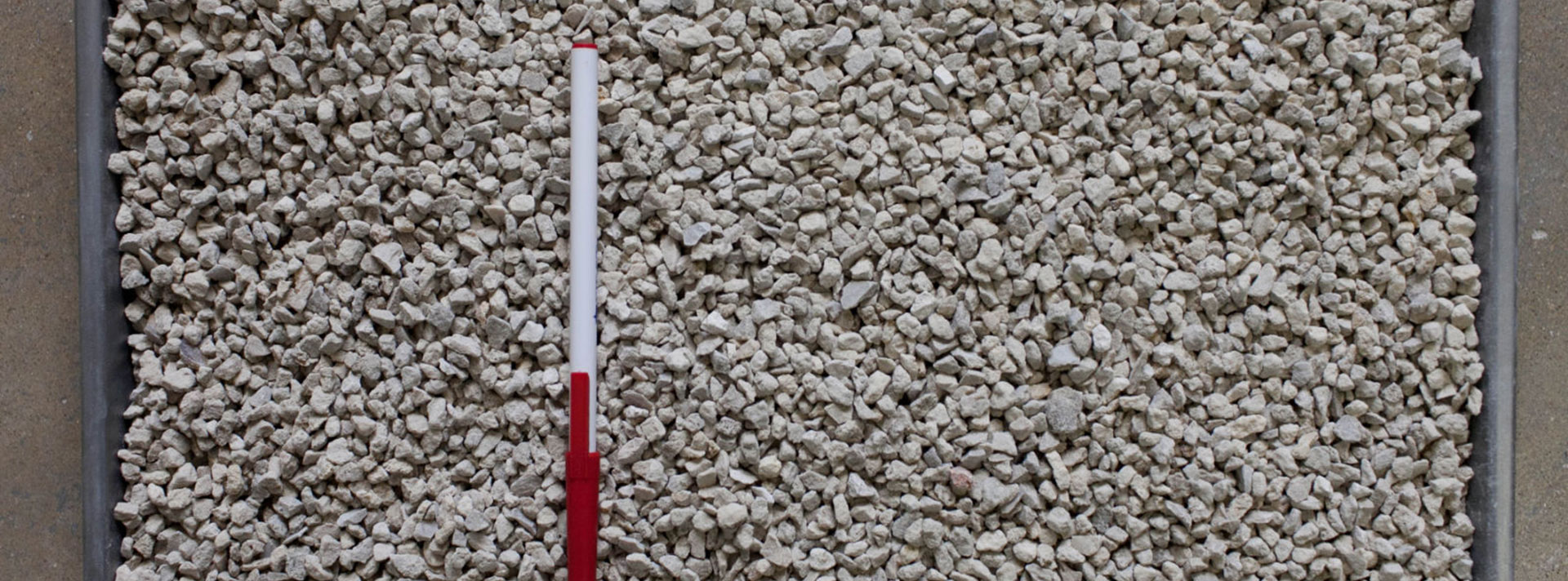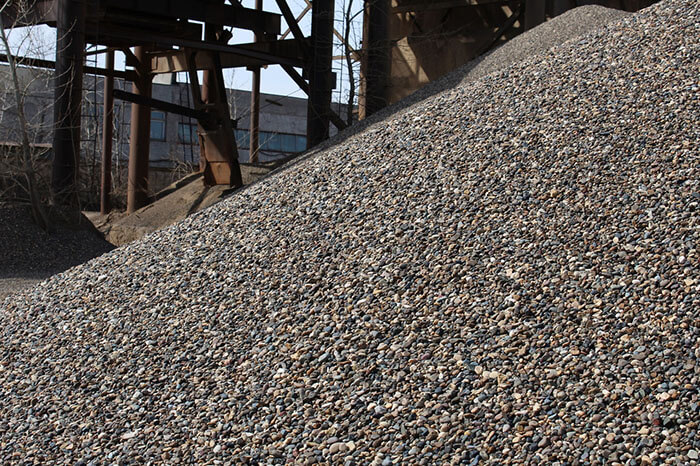




Aggregates are materials which are mixed with a binder material in constant proportions to produce concrete. The binder material is generally cement. The aggregate acts as a filler or bulking component while imparting strength, stiffness and durability to the concrete.

The main feature of the aggregates is that they are not chemically inert, ie they do not react with cement or another type of aggregate or additive. In addition, the aggregate must have sufficient strength to resist scratching and abrasion in the hardened state. It must also have sufficient toughness to handle impact and vibrating loads.
It must be strong enough to bear the pressure and normal tensile loads in the ordinary mixture. It should be free from inorganic or organic contaminants found in nature that will adversely affect its quality. A feature of the aggregates is that it can be easily applied to a plastic mixture when mixed with cement and water.
Aggregates are classified in different ways according to their grain size, origin and volume weight. However, the most common classification is structured according to grain size: fine and coarse aggregates. In fine aggregates, the grain size is between 0.15 and 4.75 mm.
Sand is the most universally available fine aggregate universally available. In coarse aggregates, the grain size is between 4.75 and 7.5 mm. Pebbles from the riverbed are the best coarse aggregates. In general, suitable aggregate types are crushed to the desired particle sizes to make coarse aggregates.
Aggregates are classified according to their origin as natural, waste and processed. Natural aggregates are fine and coarse aggregates (such as sand and gravel) that are almost ready for use in the natural environment. Waste aggregates are waste from some industrial processes and suitable for use as aggregates (such as coal slag). Processed aggregates are produced specially for the production of high quality concrete.
Finally, aggregates are classified in three ways according to their density and volume weight: standard or normal aggregates, high density aggregates and light aggregates.
The application is received, the contract and then the product, vehicle and vehicles for which, what kind of service is determined exactly.
The necessary laboratory environment is prepared and the products, tools and instruments requested by the organization are tested by experts with the reference of the existing standards and measurements are made.
The data obtained as a result of meticulously completed tests, measurements and analyzes are evaluated and accredited approved reports are submitted by expert engineers.
To get an appointment, to get more detailed information or to request an evaluation, you can ask us to fill in our form and reach you.